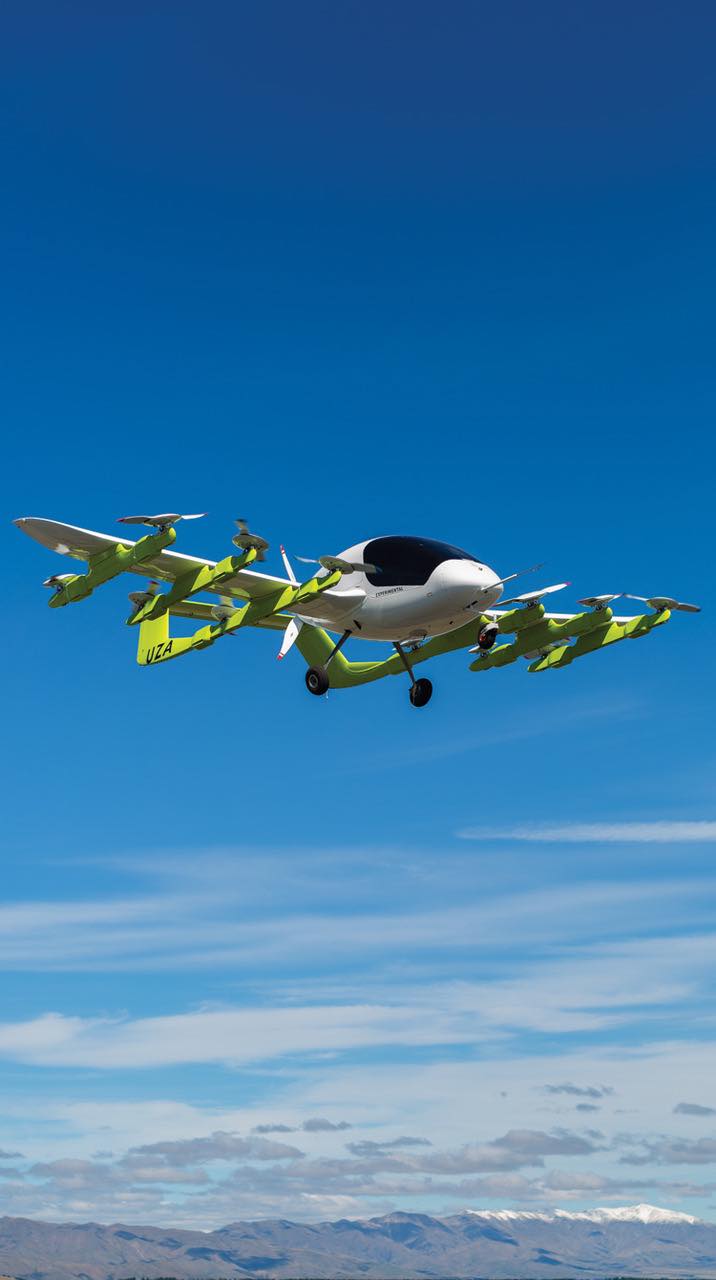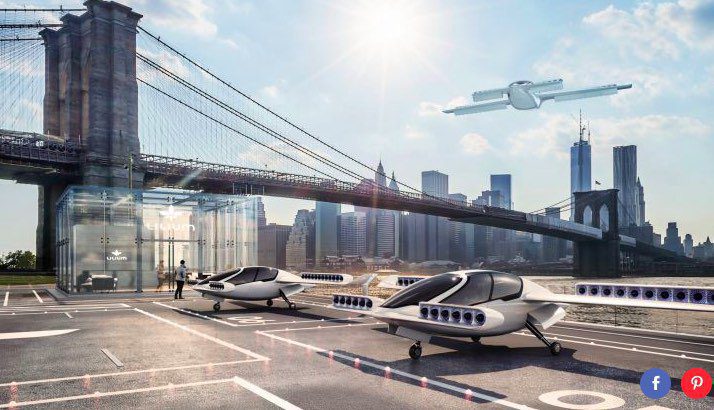 Not so long ago it was just a flight of fancy, but today electric planes are about to become a reality, with the promise to make air transport quieter and cleaner, and the possibility that we will be able to call iup an electric plane up just like a taxi.
Not so long ago it was just a flight of fancy, but today electric planes are about to become a reality, with the promise to make air transport quieter and cleaner, and the possibility that we will be able to call iup an electric plane up just like a taxi.
According to a leading venture capital entrepreneur whose company is investing heavily in electric and hybrid aircraft, flight is going through the biggest transformation since the Wright brothers lifted off the ground over 100 years ago.
On the near horizon a new species of aircraft is emerging, according to Andrew Beebe managing director of Obvious Ventures, and soon we will be using them just like we use taxis. Indeed, Uber is just one major company eyeing the skies.
“There’s a revolution in the air. Literally, up in the sky,” Beebe says.
The US-based venture capitalist has focused on clean technology and clean energy solutions for a decade.
He started down the clean tech path with Energy Innovations in 2003, which he grew from a business plan to a major solar developer serving customers including Google, Disney, Sony Pictures, and British Telecom.
“Technologists have promised flying cars for decades, but the aircraft industry has failed to deliver,” Beebe says in an article written on Medium.
“This time is different. Instead of cars with fold-out wings, there is a new species of aircraft evolving — one that is small, agile, fast, all-electric and emission-free. Most of them are eVTOL (electric vertical takeoff and landing) aircraft, meaning they take off and land vertically like a helicopter and then glide horizontally on a fixed wing like an airplane.”
And it could all happen sooner than we think.
Technical advances are pointing to on-demand electric air taxis, allowing an entirely novel type of urban transportation that’s as affordable as renting a car or buying a train ticket.
“In the near future, this industry could vastly change how and where we all live, work and play. There are indeed threats and challenges to this vision, but the wheels are already in motion, and the future is much closer than most people think,” Beebe says.
Reasons why the air revolution is underway include the explosive growth of mobile computing and increasing the density of lithium-ion batteries, both of which have driven a radical reduction in weight.
With the emergence of energy-dense, lightweight batteries, hyper-efficient, drive-by-wire electric rotors can be used in flight.
Without the heavy, fossil-fuel-driven drivetrains, rotors can be located strategically on the aircraft to maximize propulsion, minimise drag, and optimise the balance of the aircraft.
Beebe believes clean, cost-effective air taxis will also help support “a new urban/exurban paradigm where commuting from many miles away is no longer a punitive prospect”.
“People may no longer need to plan their housing needs around a specific rail terminal, and may no longer need to plan their weekend escapes in the face of walls of traffic.”
Of course, much work remains to be done, not least on how the skies are to be shared and where to built vertiports – as industry leaders refer to docking stations for the planes – but the planes themselves are well on the way to launch.
Several companies are well advanced designing and even testing what are essentially air taxis, while others are developing hybrid engines for long haul flight by major airlines.
Even Airbus is in on the game with the development of a single seat plane, the Alpha One which had its maiden flight earlier this year.
Kittyhawk is another newcomer working on two projects, a single person plane called Flyer and a multi passenger plane called Cora. They company announced a partnership with the New Zealand government earlier this year.
And Uber has made clear its intention to play a significant role in the future of aerial ride sharing, hosting an annual conference called Uber Elevate, proposing guidelines for common standards, and partnering with traditional aircraft manufacturers that are also looking to get into the space. Uber says it aims to own the entire end-to-end experience for the consumer, whether traveling by ground, air or sea.
In the short to medium term, air taxis will be piloted, says Mr Beebe, allowing for standardized aircraft certification processes and air traffic control systems — and therefore faster commercial deployment.
“But in the long term, the market will likely transition toward autonomous air taxis. As futuristic as it sounds, it is not a wildly challenging problem — and is a simpler matter to address compared to self-driving cars. First, there are fewer obstacles in the sky.
“Second, there is a whole other physical dimension to keep vehicles from hitting each other. And third, aircraft have been effectively “automated” for many years.”
Most commercial airliners have robust mid-flight “autopilot” functionality, requiring pilots only for outlier situations.”
Tony Bosworth writes for www.TheDriven.io and RenewEconomy.com.au. He has 35 years experience in journalism, and has been instrumental in launching and editing several automotive magazines including Which Car? magazine in the UK.


